I stood next to my mother on a slow-moving ramp where we were joined by a growing congregation. Slowly. Patiently. For hours, we crept along, remaining silent and reverent. It was not something any of us expected to see in our lifetimes. It was not the kind of thing one expected to see in an amusement park. In 1964 Michelangelo’s Pieta came to the New York World’s Fair and so did we.
As we slowly drifted past the sculpture, we bore witness to what Michelangelo had seen with his God-eyes. He had looked into a mountain of stone, and with his human hands and patient toil, Michelangelo released the mother of God cradling her murdered son, the victim of a hate crime, an ancient and powerful story told in stone and in silence.
A lifetime later I found myself on another moving path, the speed much greater. This time, it was me that was moving and not the pavement.
The first time I passed it, it lay in the center of the four-lane highway its light brown coat sprinkled with velvety white spots still silky like powdered sugar on a soft, warm bun. The delicate bone structure was still intact as if it had chosen this dangerous place to pause and nap. Big brown eyes wide open steadily gazed at me and at the world it had left behind. Perfectly still. Perfect in its stillness.
Day after day I passed it during my routine comings and goings. After a couple of days, the whoosh of speeding cars shifted it to its back, legs in the air and knees bent, frozen, begging, its beautiful features shrunken, hardened, blackened from the summer heat. The eyes no longer sparkled as they looked upward into the heavens. Dark and vacant they seemed to be scanning the sky for a point of entry.
On the final evening, all that was left of it was a patch of white fluff swirling on the ground like a giant dandelion gone to seed. The bits of velvet rode the wind loosening themselves from the hell of the scalding pavement.
As I drove past each day I was unable to shield my eyes, unable to look away. I wanted someone, some authority, to come and take care of it, spare it any further desecration, even as I wanted it to be there one more day. I wanted to drive by once more and find it as it had been on that first day—whole and beautiful. But on that last evening I knew that by morning even the fluff would be gone, the fawn erased from this road, from this life, and yet lingering in my mind each time I passed, an invisible memorial to the preciousness and precariousness of life even for the young.
In its stillness the fawn had spoken to me through its wide-open God-eyes. It was an imperceptible sound that reached deep within me to the place where prayers take form. And with my God-eyes I could see my brothers and sisters around the world making their way through the perilous streets of Gaza, Sudan, Ukraine, Syria, Myanmar, Ethiopia, Haiti, The Sahel, or Somalia–places where the road is not lined with wide-eyed and delicate fawns but with children: starving children, injured children, dead children, children searching the sky for a point of entry even as it rains down mortar and debris. Places where mothers silently cradle their dying children, the victims of hate crimes.
Now, something inside me speaks when I pass the spot—-what is so beautiful should not die so casually, so neglected, so unappreciated, left to rot on a hell pad of burning asphalt because it is lost, wandering, searching for survival in a world of growing carelessness, of growing hate.
The fawn spot has become a holy one for me now, a shrine made of cracked gray asphalt and fading orange stripes. There, the fawn whispers, “Remember.”

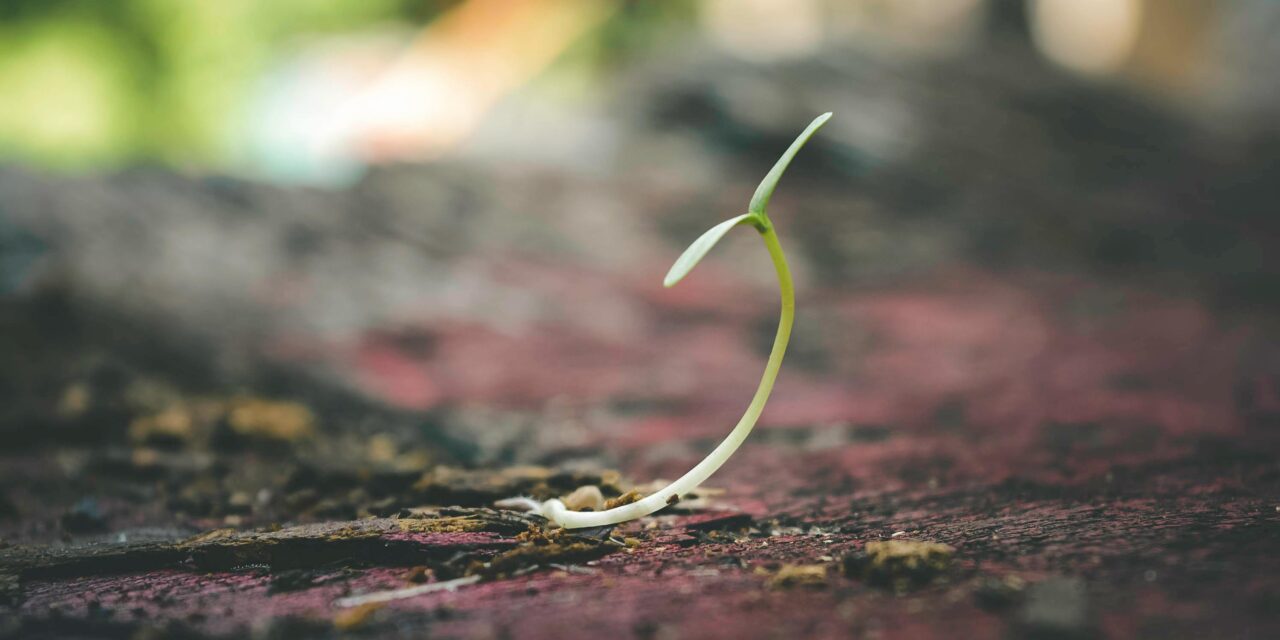
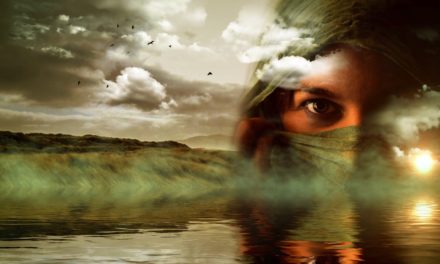
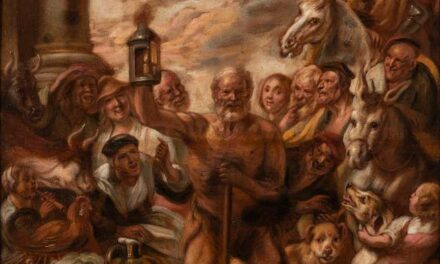
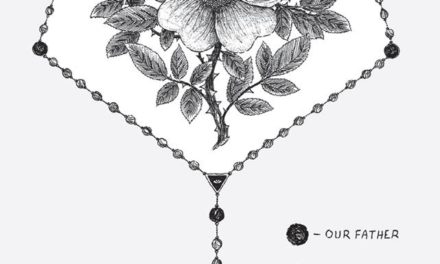
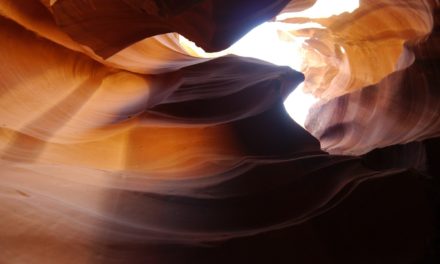

Dear Lilli-Ann, What a powerful piece you have shared. Some places should be
declared holy – not within our churches and cathedrals but on the earth and in
our hearts that hold the memory of innocent lives lost and forgotten. They
are precious and their lives must be honored and remembered.
Dear Marijo, Thank you for sharing in that powerful experience with me. If only we could remember the Divine is present in every living thing…
Dear Lilli-ann,
In reading your piece parallel images flared. Day after day broken bodies, destroyed buildings, the desecration of Earth …and we drive by. We behold the horror yet are immobilized. This is my body. I cry out to Spirit. It’s now our move from observation to compassionate full bodied action.
Dear Liz, Thank you for reminding me of those moving words, “This is my body,” words I have heard thousands of times in church. Every day I entertain the question, “What do I do?” I have to hope and believe that every small act of kindness, every effort at goodness, and every moment of seeing matters, that it will swell into something much greater. I read somewhere that God does not call the qualified. He qualifies the called. Let us answer the call together.
Poignant beautiful writing. Thank you Lilli-Ann.
Thank you, Mairim. I think so many of our hearts our so full. It is a poignant time. You lift me up with your words!